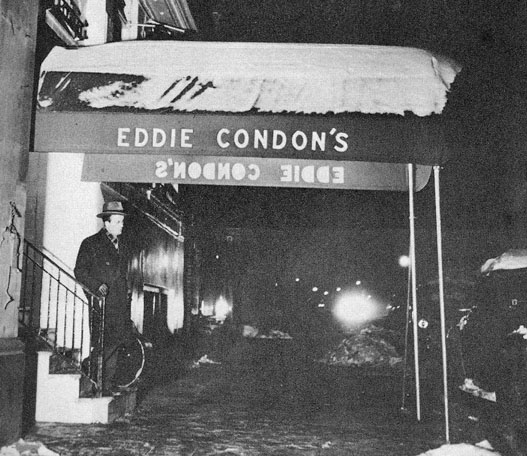


Legendary songwriter Harold Arlen penned a number of shows to be debuted at the venue, featuring classics like “Between the Devil and the Deep Blue Sea,” “I’ve Got the World on a String” and “Stormy Weather.” Many of those tunes were written for Cab Calloway (whose run at the club began in 1932), fresh from his hit with “Minnie the Moocher.” The Cotton Club continued after Ellington left–and how. (Critics would say the same of John Coltrane decades later.) “It was as though Ellington had taken the traditional instruments of Negro American music and modified them, extended their range and enriched their tonal possibilities,” wrote Ralph Ellison of those broadcasts. In 1927, he expanded his lineup to meet the requirement of the Cotton Club, and wrote for his band, the shows and even for the dance acts.Įllington was introducing classical ideas and structures–instrumental color and textures–that elevated “saloon music” to an unexpected level of expression and nuance in tunes like “Black Beauty,” “Harlem Flat Blues” and “Creole Love Call.” The sound reached a national audience when Ellington’s Cotton Club performances were aired on the fledgling CBS network, and the notion of what jazz should sound like (and represent) was changed forever.
New york city jazz clubs manhattan full#
He could compose a full revue in an evening and had already seen success downtown at the Kentucky Club near Times Square. In late 1927, the club’s level of sophistication was raised higher when it booked Duke Ellington’s 11-piece orchestra for a four-year run.Įllington was young, cocky and at his most prolific. It had opened in 1920 as Club DeLuxe and by the height of the decade was known for presenting only the best talent of the day: Louis Armstrong, Ethel Waters, Bill Robinson and the Nicholas Brothers. The Cotton Club seated up to 400, and was one of Harlem’s classiest, located on the second floor of a long, modern apartment building. Nightclubs and dancehalls began presenting entertainment that delivered a romanticized (and often quite derogatory) view of black culture: floor shows, revues with skits and musical numbers and music for dancing. The 1920s were labeled the Jazz Age but the music was only a part of it: Social rules were being rewritten, and in Manhattan, downtown was going up as white society and dollars poured into Harlem every night. Peak years: 1920 (as Club DeLuxe) to 1936


 0 kommentar(er)
0 kommentar(er)
